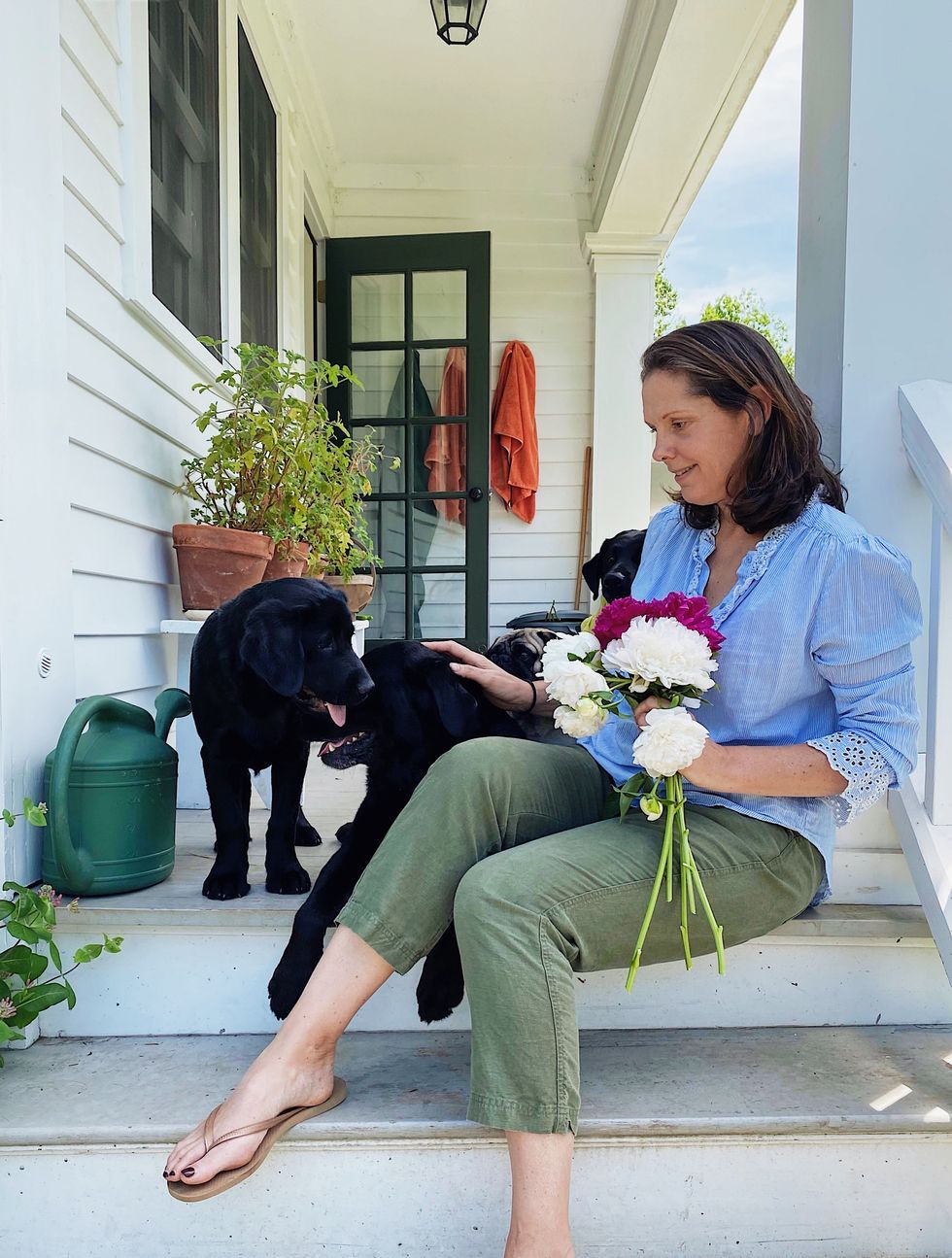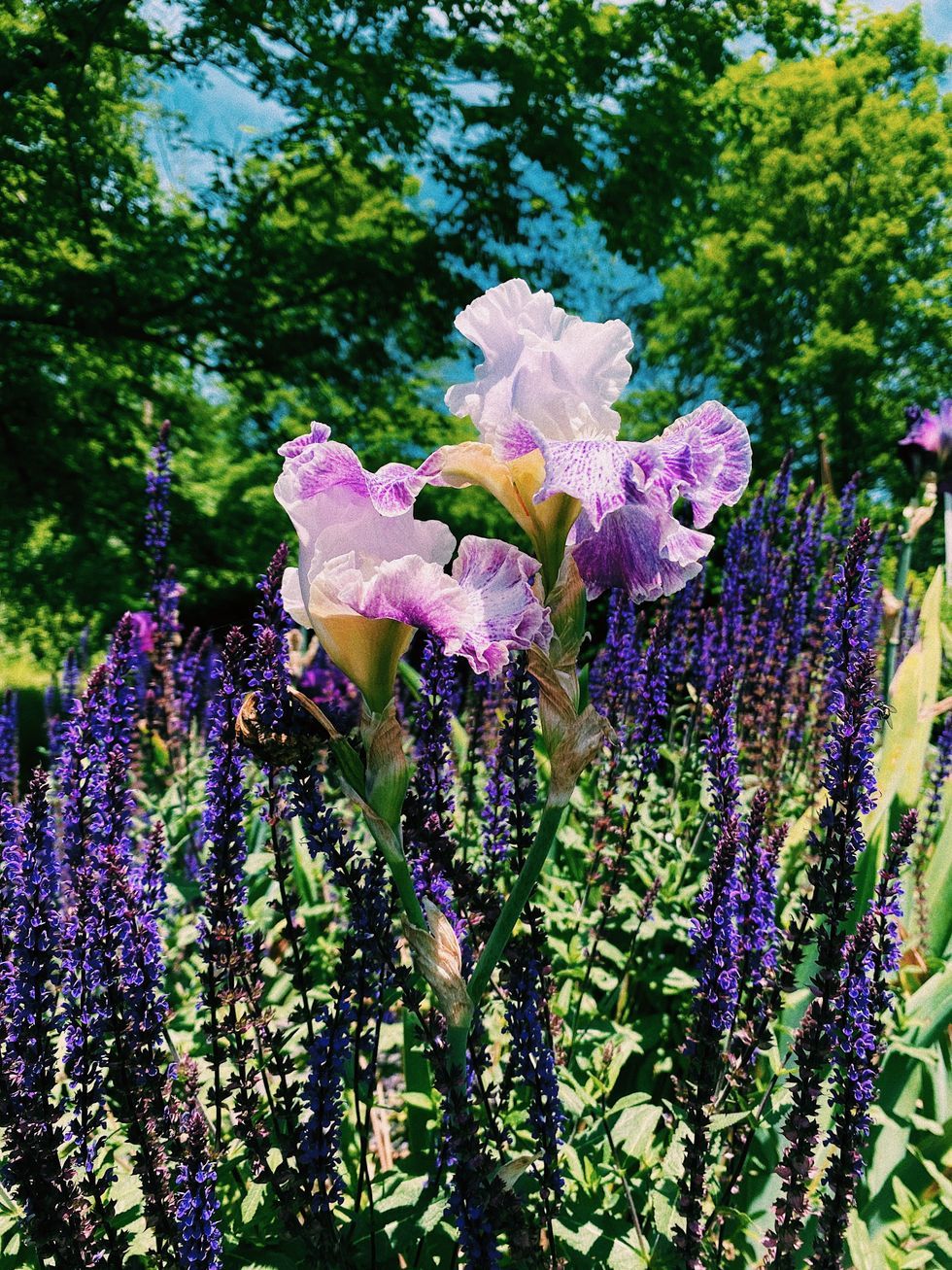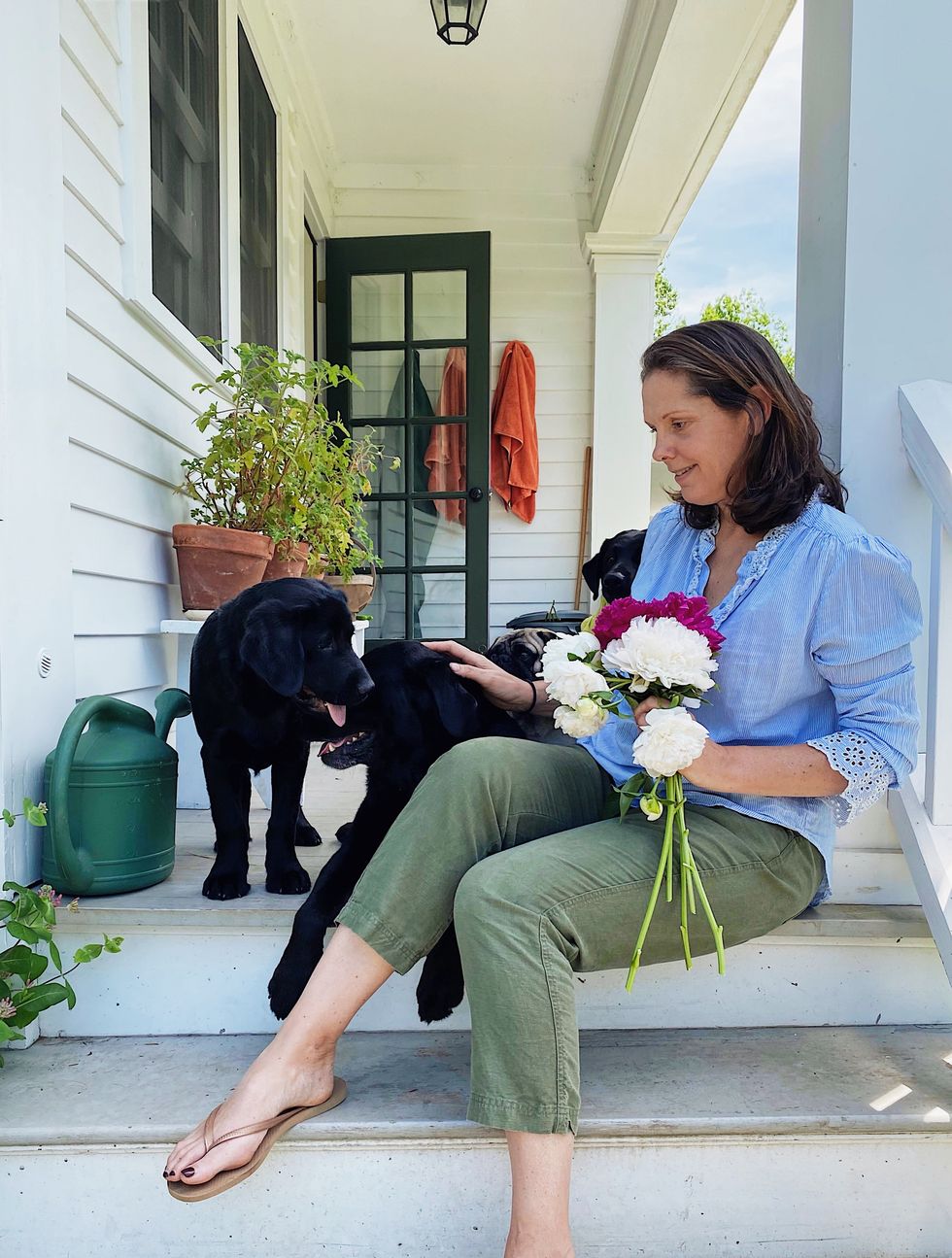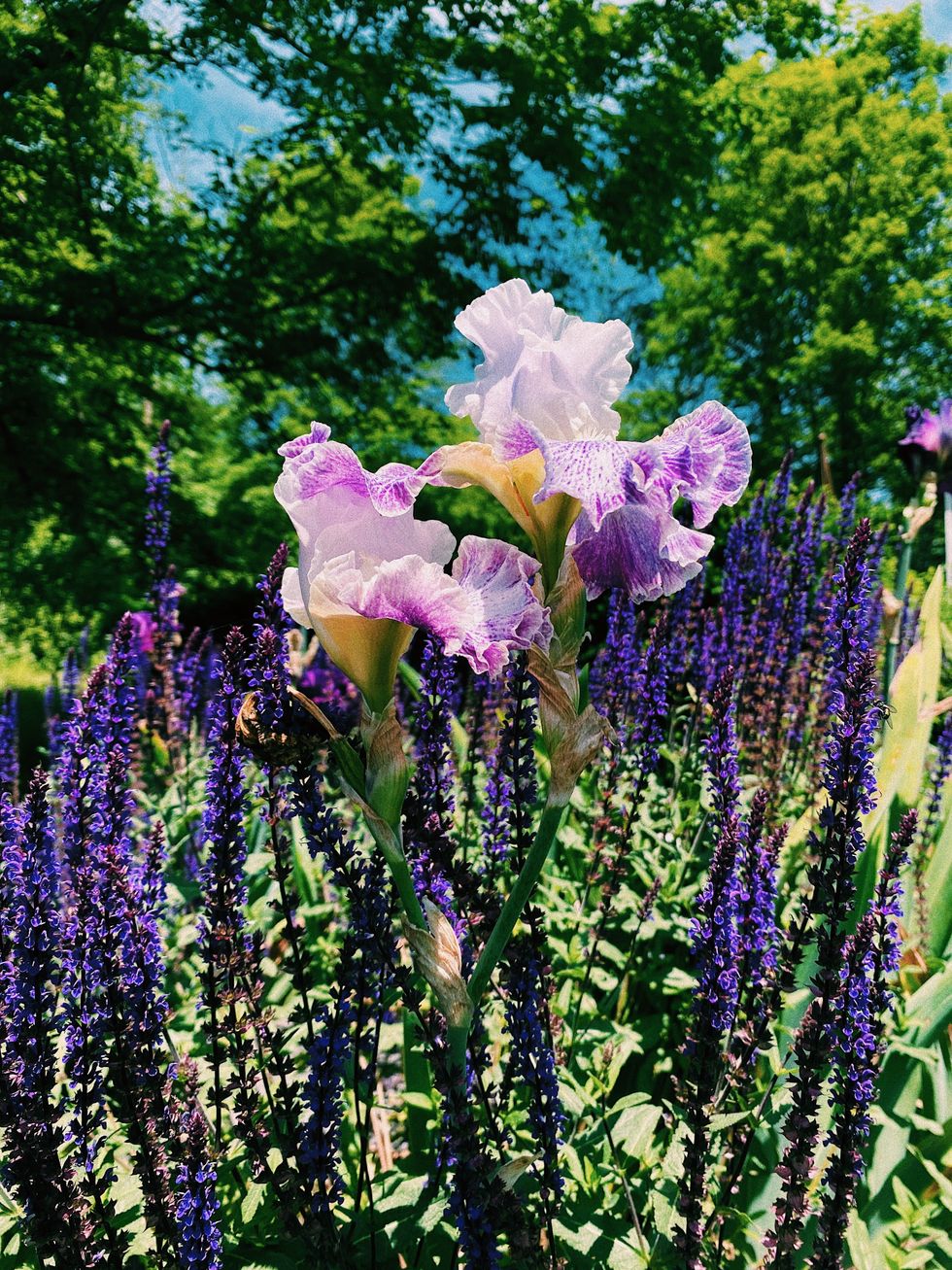Latest News
P&Z approves Victorian bed and breakfast
KENT — Following a public hearing and discussion, the Planning and Zoning Commission (P&Z) at its meeting Thursday, March 14, unanimously approved a special permit application from 81 Victorian Kent for a change of use from boarding house to bed and breakfast.
Wesley Wyrick, P&Z chairman, indicated that the application applied only to the front building, the gingerbread Victorian dating to the 1880s, not to the apartment building in the rear.
The property on North Main Street had been purchased two years ago by its present owner, John McPhee, who said the property consists of two separate buildings. The rear building has eight rental units while the old house in front with five bedrooms operated as a boarding house, limited by zoning to six paying guests.
The boarding house has been operating as a bed and breakfast for years, McPhee reported.
“We’re trying to make this conform to zoning regulations,” McPhee said, adding that there is a full-time manager occupying an apartment attached to the house.
Wyrick discussed a P&Z concern about “owner vs. manager,” as the regulations stipulate that the owner must live on site. Following discussion, the P&Z felt that the issue is whether a manager can substitute for an owner’s presence. McPhee had indicated that he also owns the property across the street, although he resides elsewhere.
Ultimately, the P&Z concurred that the special permit application is site-specific.
“If we are allowing this to be a boarding house, we should allow it to be used as a bed and breakfast,” P&Z member Karen Casey said. “They are almost identical uses.
”Parking was determined to be adequate for the new use, offering 30 spaces. A report from the Sewer Commission is pending.
“Kent needs accommodations for overnight guests,” Wyrick said.
Stay Informed
Each week The Lakeville Journal and The Millerton News publish a series of newsletters designed to help you stay informed, entertained and engaged with your community.
To subscribe, simply click the button below and select the newsletters you would like to receive. And then, keep an eye on your inbox.
News Headlines

Top stories and opinions from The Lakeville Journal and The Millerton News. Delivered to you early Wednesday evenings.
A&E, Lifestyle

Profiles and features from Compass, our Arts, Entertainment, and Lifestyle section. Delivered to you Friday mornings.
What To Do

Natalia Zukerman presents a variety of events for the upcoming weekend and beyond. Delivered to you on Thursday afternoons in time for you to learn "What To Do" this weekend.
Graceful stitching at the altar
An assortment of kneelers and pillows in needlepoint’ there are some done in crewel as well. Note the symbols used throughout the items.
So much of what we know about religion comes from the written word, but much can be found in paintings, sculptures — and needlework.
Famous tapestries hang in castles and museums around the world, but some of the most beautiful pieces can be found on altars, on kneelers, and in the vestments and hangings found in great cathedrals and in some small country churches.
Father Matthew Calkins, of Grace Church in Millbrook, is justly proud of the altar frontals, pulpit falls, veils, scarves and vestments that are found at Grace Episcopal Church. He recently shared with members of the church, a “festival frontal” that was found in a box in the sacristy.
“Unused for many years due to stains on the silk damask,” he said in describing the treasure. He said the piece was removed and will be remounted on a new frontal that has been ordered.
Grace has an Altar Guild, led by Director Jean Hayes, who along with fellow Altar Guild member Susan Nestel carefully brought out and arranged the many pieces, most of which are placed between absorbent packing and kept in a mapmaker’s cabinet with large shallow drawers.
Calkins said that the “festival frontal” piece was made by Erica Wilson and was her first major piece created when Margaret Thorne Parshall began the Grace Needlework Guild. It was shown for the first time for Christmas services in 1955.
The Thorne name is well known in Millbrook, and for those interested in needlework, the name of Erica Wilson also is probably familiar. How they came together is an interesting story, and a fortuitous one for Grace Church.
Parshall had an interest in fine needlework, gathering together a group of friends, they began doing needlework at her Smithfield home, calling themselves “The Ecumenical Group.” At one point Parshall grew interested in The Royal School of Needlework, and invited one of their graduates, Erica Wilson, to come to Millbrook to teach the fine art of needlework. Wilson taught needlework to the ladies, and the needlework treasures of Grace Church grew, the recipient of many exquisite pieces.
At the time Wilson was persuaded to come to Millbrook, she was sure she was going to a place far from civilization. In a 1973 interview, she said, “I brought a big trunk of my own wool, thinking I was going to Indian Country, where such things wouldn’t be available.”

Wilson found Millbrook pleasant and civilized; she lived and worked with the Grace Needlework Guild from 1954 to 1957, when she married renowned furniture designer Valdimir Kagan and moved to New York City. She opened a shop there, which she ran for 33 years and wrote nine books on various forms of needlework, had a syndicated newspaper article called Needleplay, and hosted two Public Television series.
Some of her designs werepublished by the Metropolitan Museum of Art and Vogue. She gained the title, the “Julia Child of of embroidery” as well as “America’s first lady of stitchery.”
Wilson died 2011.
A third famous name, Marianna Garthwaite Klaiman, was contacted about the “festival frontal” after discussions with the Millbrook Historical Society and the Altar Guild Klaiman is a textile historian who specializes in the study of Anglican and Episcopal ecclesiastical textiles. She is currently working on sacristies of New York.
Klaiman has been a fashion and collectibles expert at Sotheby’s, a former costume and textile conservator and an independent textile scholar.
On Thursday, March 21, Klaiman visited Grace Church to examine some of the fine embroidered pieces, as well as some crewel work, hangings, kneelers, bell pulls and other items. She shared her knowledge of Erica Wilson and the Royal School of Needlework.
Although the frontal piece was the main attraction, there were so many items for Klaiman to examine — with rich colors, damasks, intricate designs, and patterns with silk and metallic threaded embroidery.
Klaiman was impressed with the items, and she was also impressed with the fact that there was documentation concerning the work.
“The needlework, aside from being beautiful when used during services, also attests to the services of the many generations who contribute to the legacy,” she noted.
José Manuel Gil de Gálvez, left, took a bow with members of the Málaga Chamber Orchestra at The Hotchkiss School Music Center.
Adding some international vigor to Easter Weekend — or Semana Santa, “The Holy Week,” as it’s known in Spain — The Hotchkiss School held a performance by the Spanish string ensemble the Málaga Chamber Orchestra in the Esther Eastman Music Center on Saturday evening, March 30. Featuring six violins, two violas, two cellos, and a double bass, the chamber music orchestra, which has performed across Europe and the U.S., is led by violinist and Grammy-nominated music producer José Manuel Gil de Gálvez. He has shared the stage with renowned musicians like classical and flamenco guitarist Pepe Romero and South Korean classical cellist Hee-Young Lim and performed at locations like The Berlin Philharmonie, The Laeiszhalle in Hamburg, and The Seoul Arts Center.
With a flamboyant head of long ringlet curls and a mustache/goatee combination reminiscent of Colin Firth’s Elizabethan lord in “Shakespeare in Love,” Gil de Gálvez is a theatrical violinist to take in live, infusing his playing with a passionate performance that heats up lively numbers like the opening Spanish serenade, “Impresiones de España” by 19th-century composer Joaquín Malats. Gil de Gálvez was in full command during his captivating violin solo, “Adiós a la Alhambra” by composer Jesús de Monasterio, who served as honorary violinist of the Capilla Real de Madrid. “Adiós” is an example of de Monasterio’s Alhambrism style, the 19th-century nationalist romantic movement, which, like the contemporary Málaga Chamber Orchestra, was keenly interested in the restoration of music from the Spanish popular heritage.
A notable upcoming free concert is the spring finale before the Hotchkiss Summer Portals begin, held on Saturday, May 4, at 7:30 p.m. The Hotchkiss Philharmonic Orchestra will be joined by guest conductor Vahan Mardirossian. He currently serves as artistic director and principal conductor of the National Chamber Orchestra of Armenia, as well as the principal conductor of the City Chamber Orchestra of Hong Kong. Mardirossian will be joined on piano by Hotchkiss’s own Head of the Arts Department and Director of the Music Program Fabio Witkowski, as well as his wife, Gisele Witkowski, a piano instructor at The Hotchkiss School. The concert, titled “Vive le France!,” will feature works by French composers Hector Berlioz, Francis Poulenc, and Camille Saint-Saëns.


















